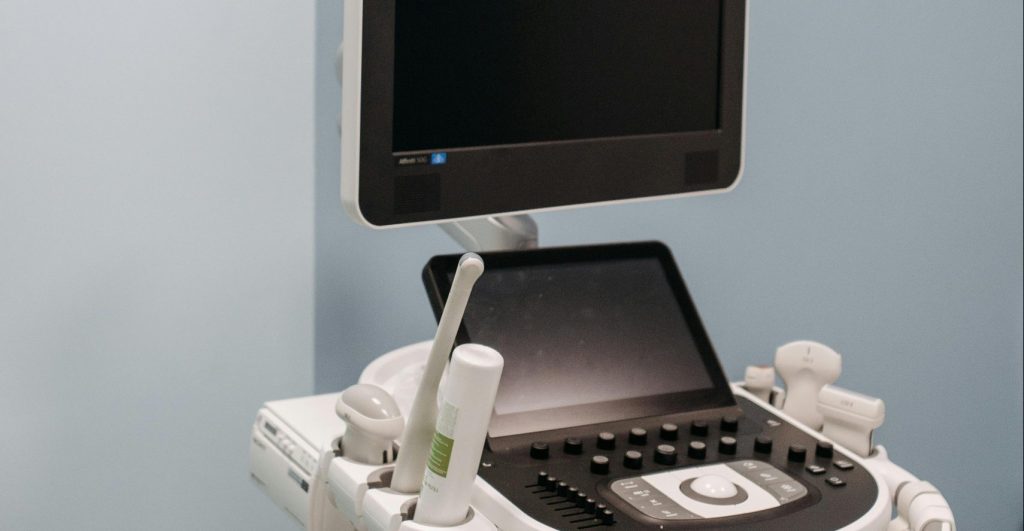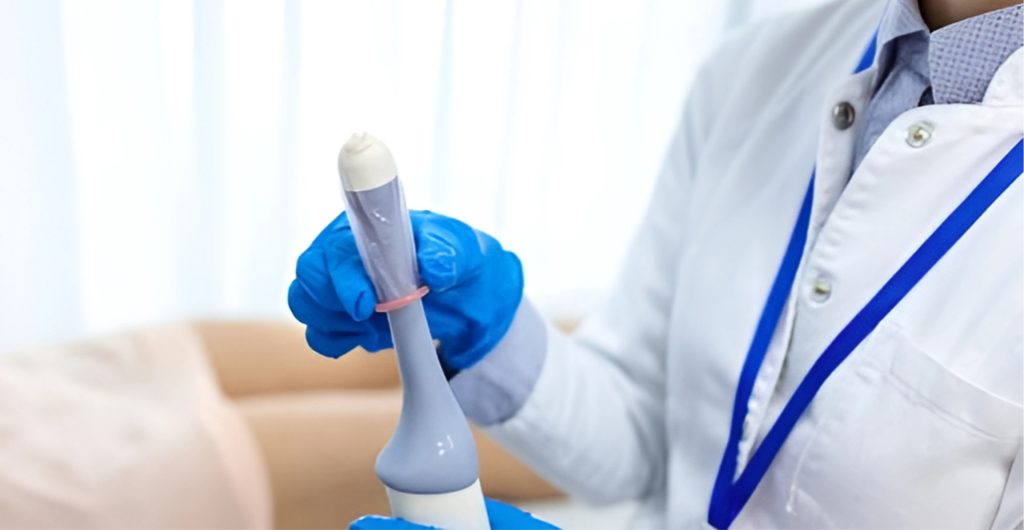In the healthcare industry, preventing infections is a top priority. One area that has garnered increasing attention is the use of ultrasound probe covers. These seemingly simple devices play a crucial role in reducing Healthcare-Associated Infections (HAIs). Here’s an in-depth look at how ultrasound probe covers contribute to infection control and overall patient safety.
Understanding Healthcare-Associated Infections (HAIs)
Healthcare-Associated Infections (HAIs) are infections patients acquire while receiving treatment for other conditions in a healthcare setting. These infections can occur in various environments, including hospitals, nursing homes, and outpatient clinics. HAIs are a significant concern as they can lead to extended hospital stays, increased healthcare costs, and, in severe cases, patient mortality.
The Importance of Infection Control in Ultrasound Procedures
Ultrasound procedures are commonly used for diagnostic and therapeutic purposes. During these procedures, ultrasound probes come into direct contact with the patient’s skin, and sometimes mucous membranes. Without proper infection control measures, these probes can become a vector for the transmission of pathogens.
How Ultrasound Probe Covers Mitigate Infection Risks
- Barrier Protection
Ultrasound probe covers serve as a barrier between the probe and the patient. They prevent direct contact, thereby reducing the risk of transferring microorganisms from one patient to another. This is particularly important in high-turnover environments where the same probe is used on multiple patients.
- Ease of Disinfection
By using probe covers, healthcare professionals can significantly simplify the disinfection process. Covers are usually designed to be disposable, meaning that once the procedure is complete, the cover can be discarded, minimizing the risk of cross-contamination.
- Reduced Need for Prolonged Cleaning
The use of probe covers reduces the frequency of cleaning and disinfecting the ultrasound probe itself. This is because the cover protects the probe from coming into direct contact with bodily fluids or contaminants. As a result, there’s less need for time-consuming and rigorous cleaning protocols.
- Maintaining Sterility
In some procedures, maintaining a sterile environment is crucial. Probe covers help ensure that the ultrasound probe remains sterile throughout the examination, particularly in invasive procedures or when working with vulnerable patient populations. - Compliance with Infection Control Protocols
Utilizing probe covers aligns with infection control guidelines and protocols established by health organizations. It helps healthcare facilities meet regulatory requirements and standards for infection prevention.
Selecting the Right Ultrasound Probe Cover
Not all ultrasound probe covers are created equal. When selecting probe covers, consider the following factors:
- Size and Fit: Ensure the cover fits the specific type and size of the ultrasound probe being used.
- Material: Choose covers made from high-quality materials to reduce the risk of allergic reactions and ensure durability.
- Ease of Use: Opt for covers that are easy to apply and remove, minimizing any potential delays during procedures.
Conclusion
Ultrasound probe covers play a pivotal role in reducing Healthcare-Associated Infections (HAIs) by acting as a barrier between the ultrasound probe and the patient. By providing protection, simplifying disinfection, and maintaining sterility, these products enhance patient safety and streamline infection control practices. For healthcare facilities, incorporating high-quality ultrasound probe covers into standard procedures is a proactive step toward preventing HAIs and ensuring the well-being of patients.
For more information on the proper use and disposal of ultrasound probe covers, visit this guide.





